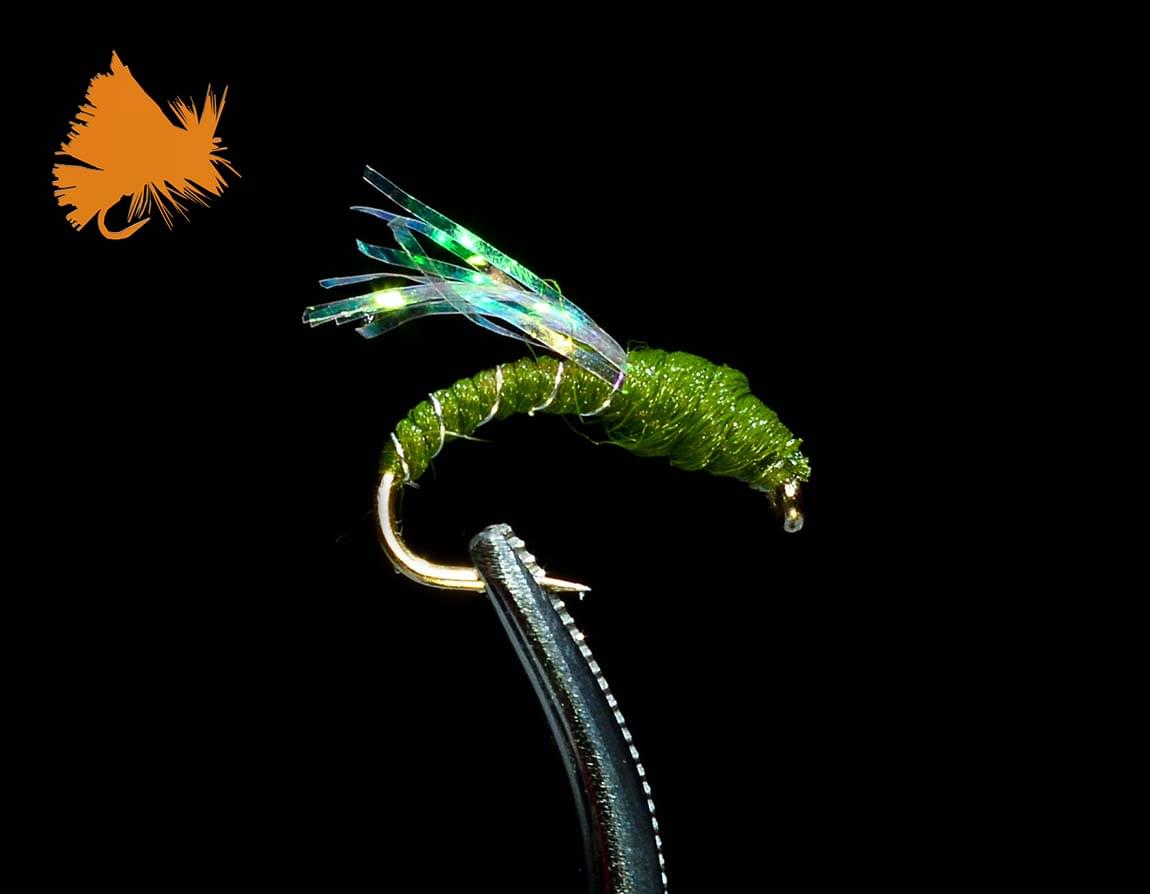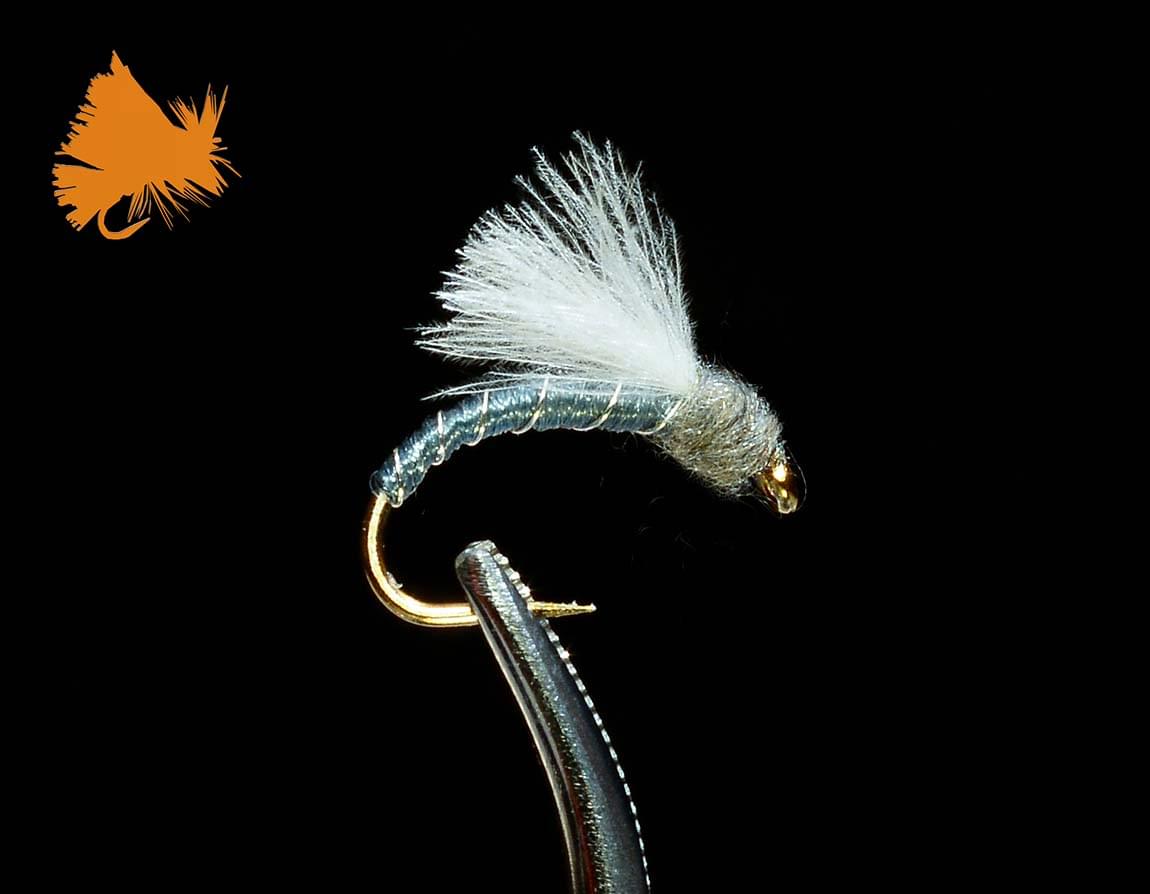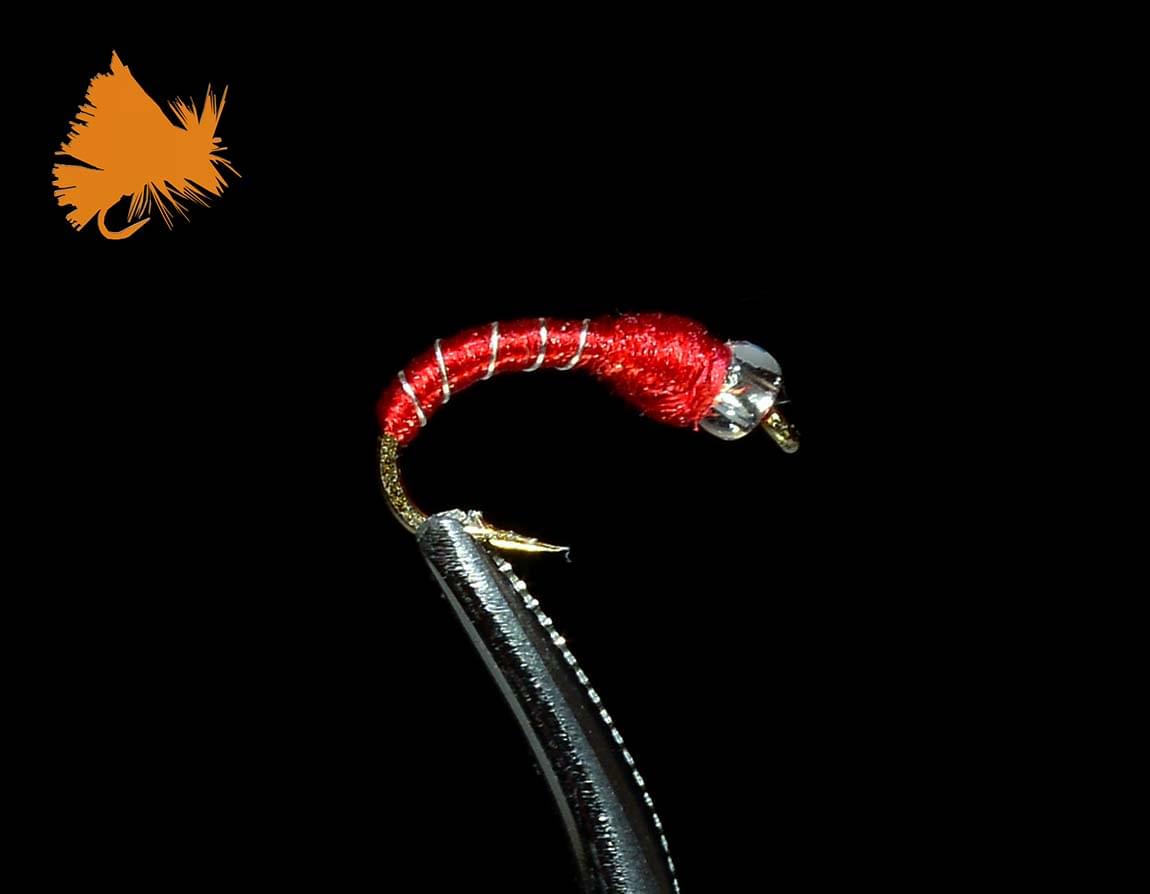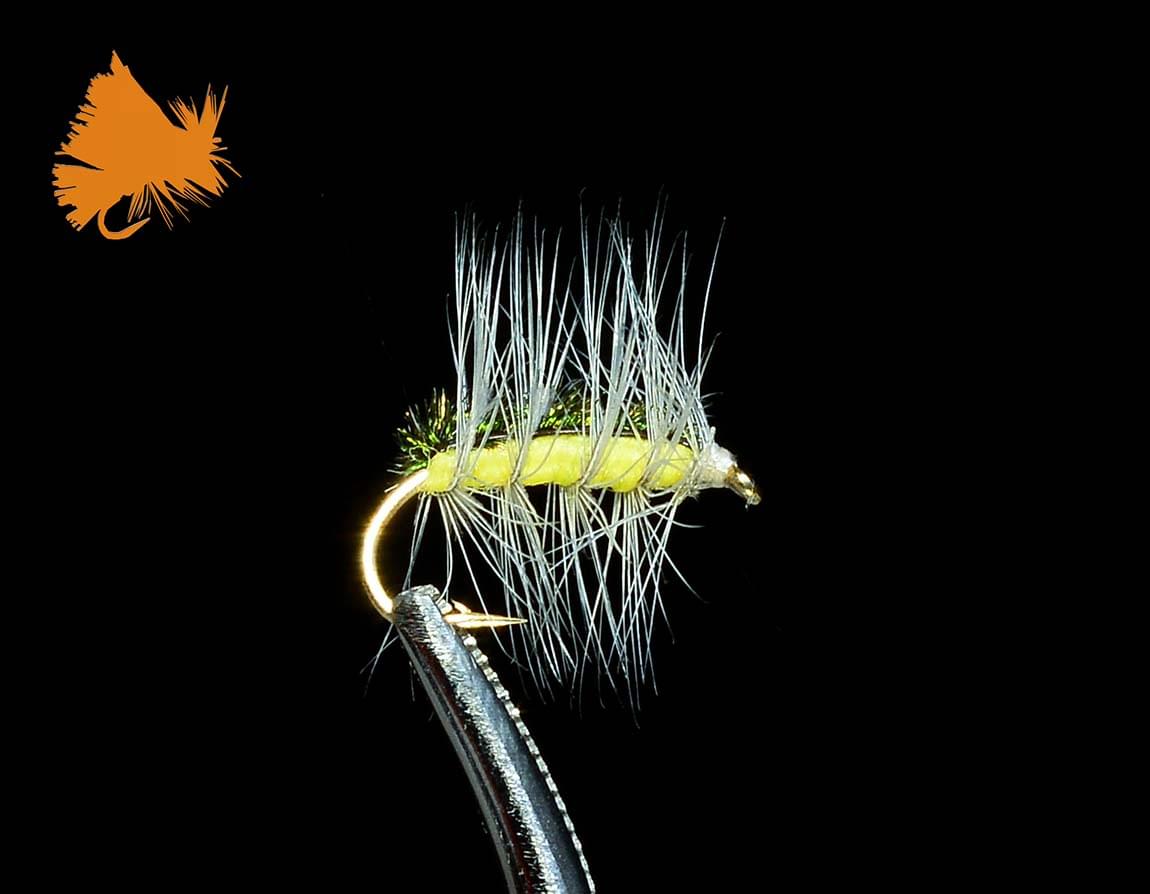Cet article de ALLEN GARDNER donne des conseils pour monter une mouche Midge et l’ajout de hot spots.
Midge Patterns 101
In order to tie a successful midge, you need to focus on a few key attributes. With a little practice, you’ll find tying midge patterns is one of the easiest types of flies to imitate and require very little materials making it both affordable to tie them and easy to tie a ton of variations.
THREE KEYS TO TYING GREAT MIDGE PATTERNS
- #1 Tie Small: There are very few midges that are bigger than a size #16 hook in rivers. Lakes can get down to size #12 at times, but most places you’re going to do best in sizes #18-22 and in winter, up to the #24-26 range. The smaller you go, often the better the midge pattern.
- #2 Less is More: Less materials is always better (same is true with most patterns) but you need to understand that the diameter of the hook itself is often enough of a width to imitate a midge. Adding a bunch of dubbing or mounds of thread is going to throw off your portions and oversize the fly, making trout wary of your patterns. Less is more with midge patterns.
- Add a Hotspot: When fishing midge patterns, you need to stand out just enough to make you worth eating, but not too much to warn the trout that something is wrong. I find a little flash material or even a hot spot of dubbing or thread does great in attracting the right kind of attention to your midge flies. In addition, flash material often imitates a bubble or emerging wing case that signals weakness in that midge to trout since the midge is trying to emerge and a trout never turns down a helpless meal…
Top Midge Patterns That Put Fish to Net
There’s a ton of variations, colors and nuances to midge patterns. All of them fished with confidence and in front of a trout eating midges, will likely land fish. However, we have a list of patterns that we use time and time again with success across many states and many rivers throughout the year. Check out our top midge patterns and use them as inspiration to tie your own!













Why You Shouldn’t Tie Midge Patterns
Don’t get us wrong, midges are great year round and they are a fly you can have in your box that you can always be confident will catch fish. However, if you’ve been tying flies for more than 1 week, you’ll likely find most of these midge patterns very simple and easy and at times, downright boring to tie. In addition, these flies are often small and need the worlds largest magnifying glass to see what you’re doing :).
If you tie flies for fun (which most of us do) why not tie something that’s challenging and leave the simple patterns up to us? We have a great variety of proven midge patterns for sale that will put you on the fish. Order some flies through us and leave the tedious midge tying to us while you go big and try to tie an articulated circus peanut.
Midge Patterns by Stage
If you are committed to tying some midges or stocking your box one way or another with these tiny flies, you need to understand the stages midges go through so you know what your pattern imitates and when you need to tie that fly on when you’re on the river.
- Nymphs: The bread and butter of midge fishermen, midges are commonly found in a nymph form which is the underwater larval stage where they feed of micro organisms and prepare to emerge.
- Emergers: Once the nymphs are ready to emerge, they create a small bubble and float to the surface. This is why glass beads work so well for midges. They are poor swimmers and use air as a reverse-parachute to break the waters surface and transform into an adult to mate.
- Dries: Once they have emerged, the dry or adult form, sits on the water drying off, preparing to take off. Trout will sip these off the surface making for some technical but rewarding dry fly fishing.



